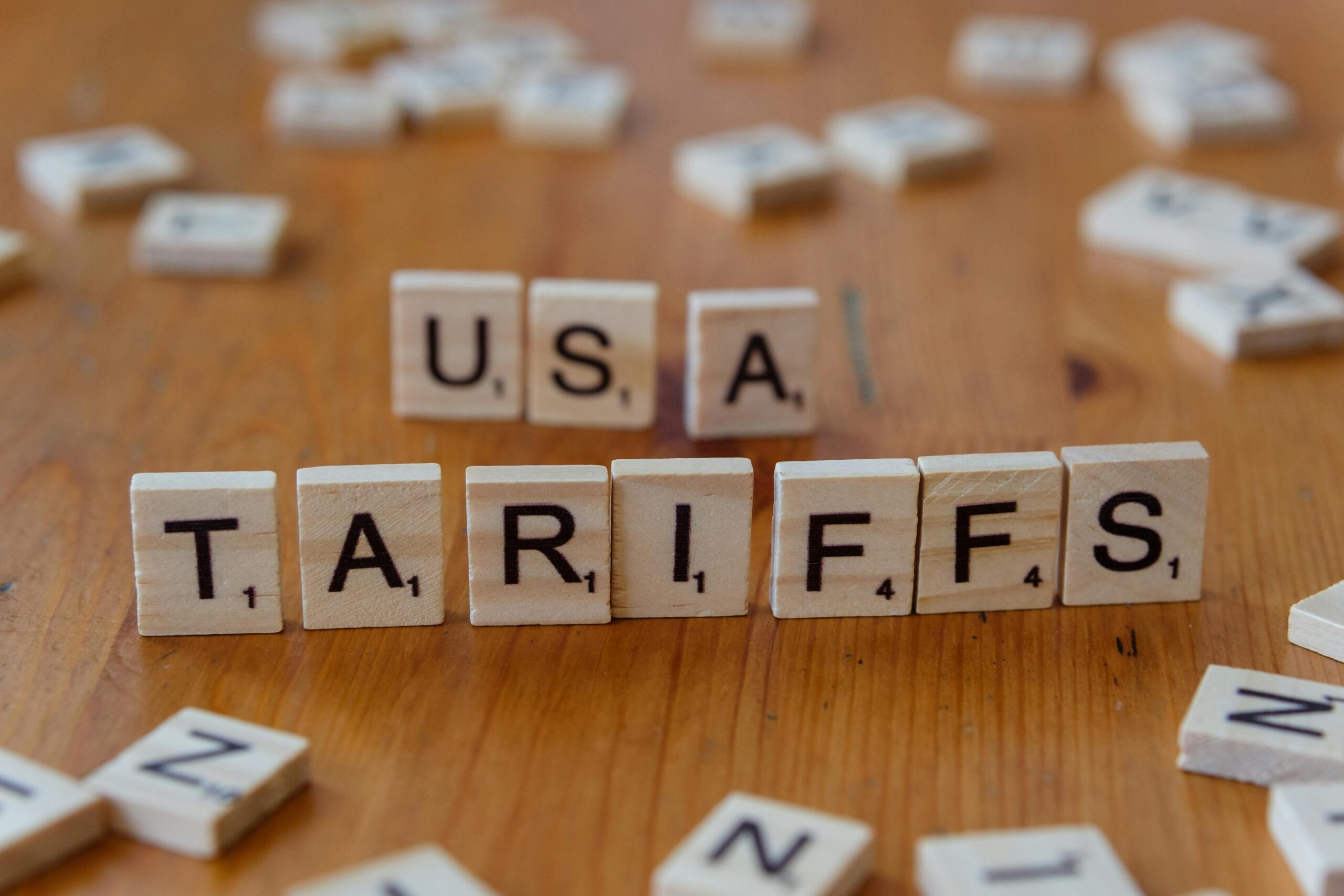Recently we got announcement of 25 % tariff on imported cars and parts is generating significant concern among U.S. consumers and the industry leaders from our President Donald Trump.
By lowering dependency on foreign-made automobiles and parts, the tariffs, which are scheduled to go into effect on April 3, are intended to support domestic production. Experts caution that these actions can result in supply chain interruptions and increased costs.
Leaders in the industry are worried about how the tariffs would affect the automobile supply chain. According to the Wall Street Journal, prior steel and aluminium taxes have caused supply chains to break down and raised the price of metal components, posing problems for American manufacturers already.
The higher vehicle tariffs might exacerbate these issues by further complicating pricing and manufacturing and according to the Associated Press, if manufacturers pass full cost of the tariffs on to consumers, the average price of an imported automobile could rise by around $12,000. This significant increase might reduce the number of options available to buyers looking for reasonably priced foreign models and raise the cost of second-hand cars as well.
The Trump administration maintains that tariffs are a necessary move to increase American manufacturing and reduce the trade imbalance. A 25% levy will apply to imports of light trucks, passenger automobiles, and critical auto parts including engines, gearboxes, powertrain components, and electrical components, according to a White House information document.
Leaders from across the world have criticized the tariffs because they fear retaliation and a global trade war. According to The Guardian, experts warn that the restrictions might negatively impact global trade, which could lead to slower economic growth and job losses worldwide.
As the implementation date approaches, industry players are closely monitoring developments to have a better understanding of the complexities of the tariffs and their anticipated effects on the market.



